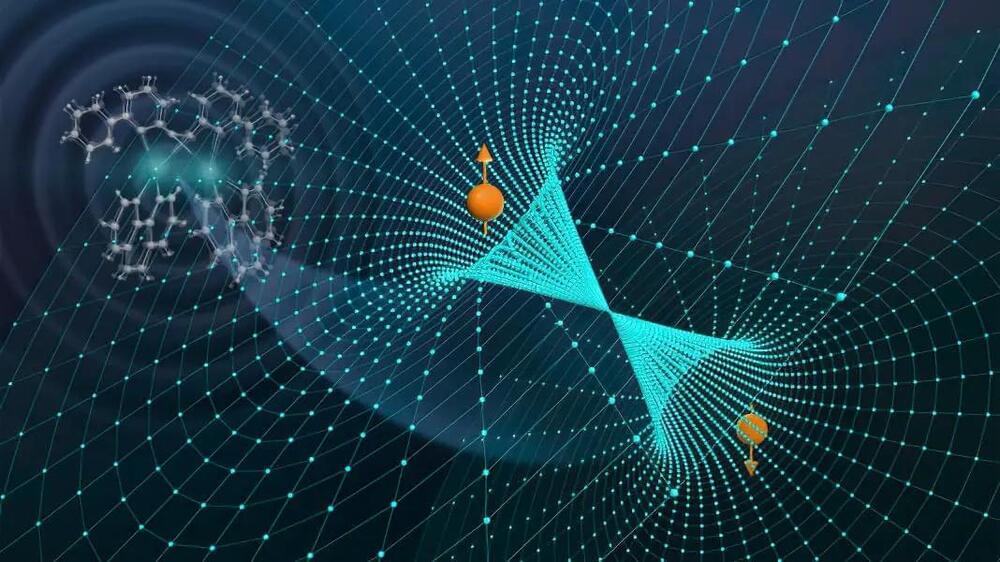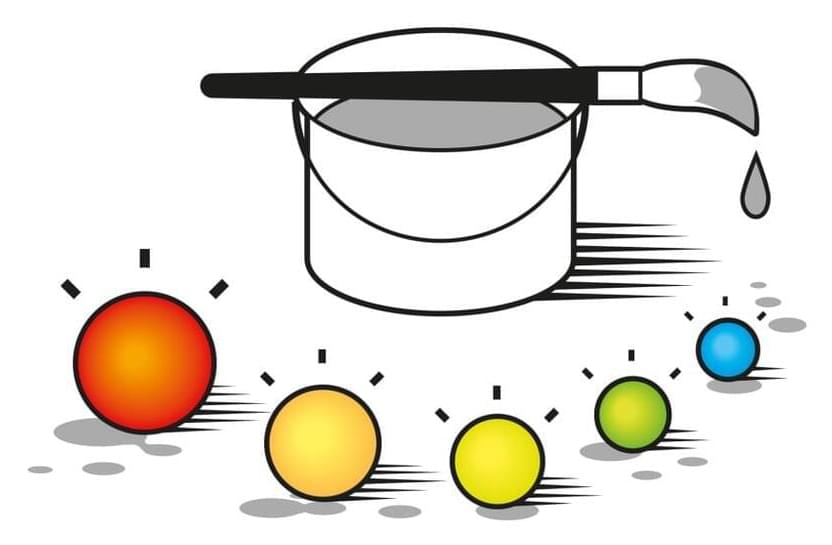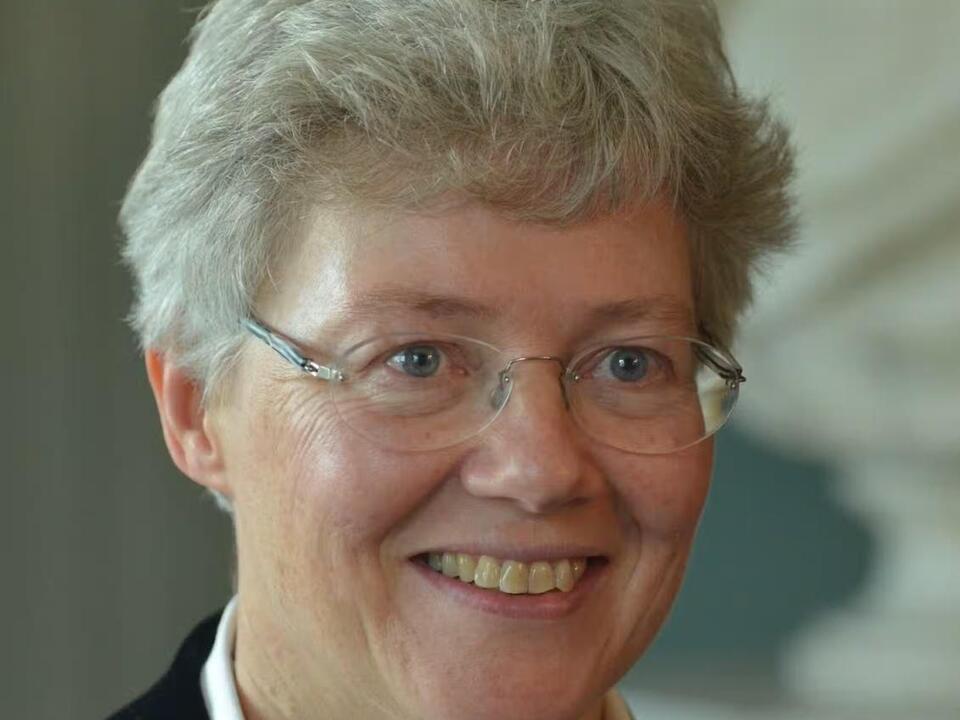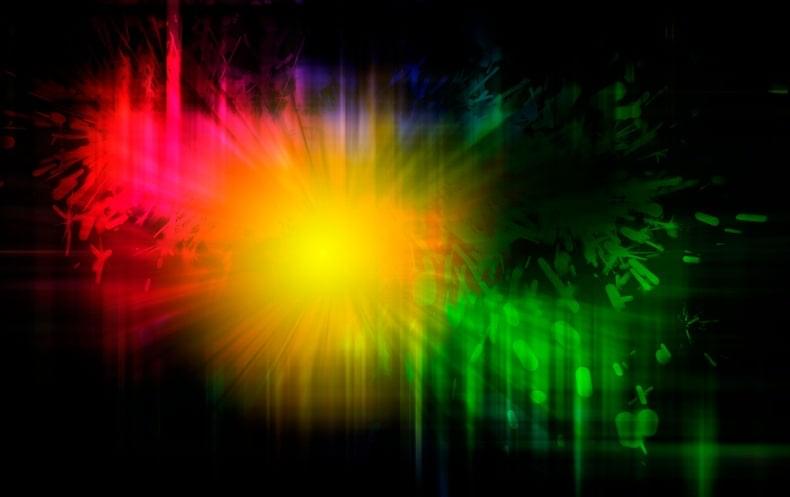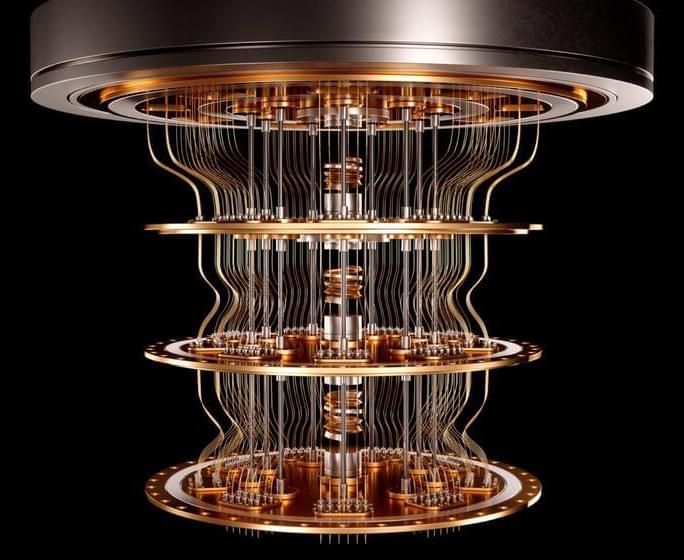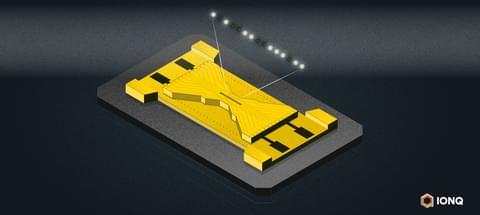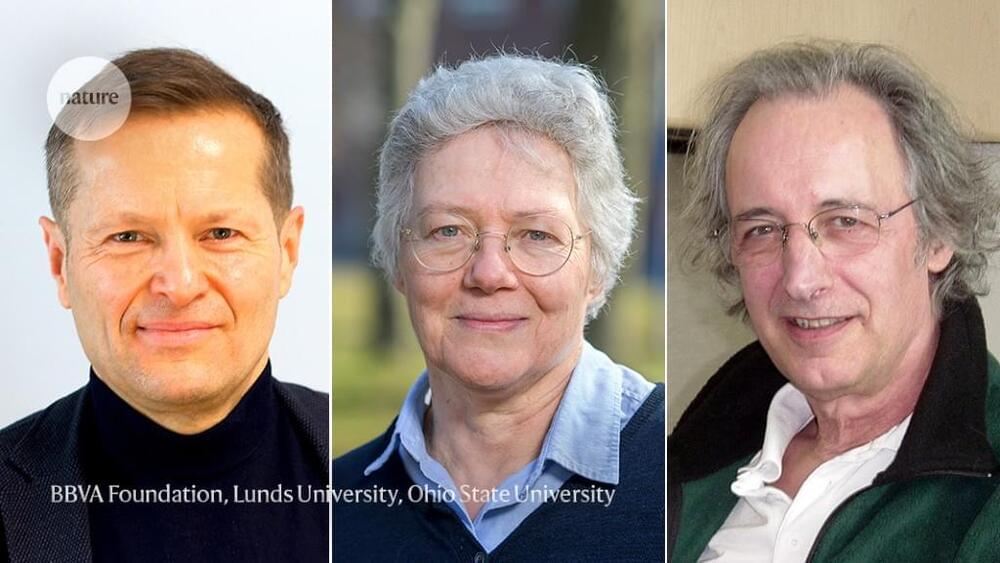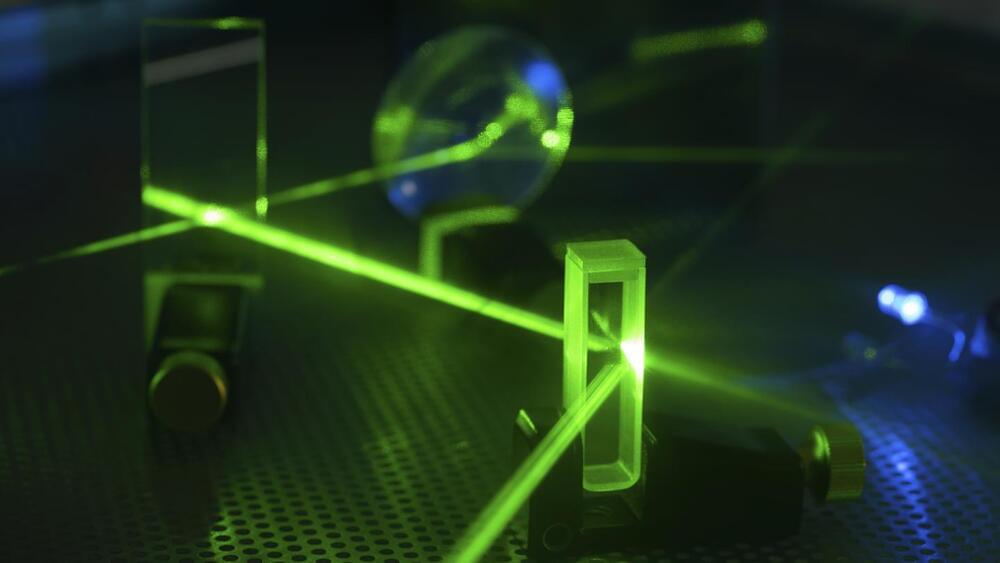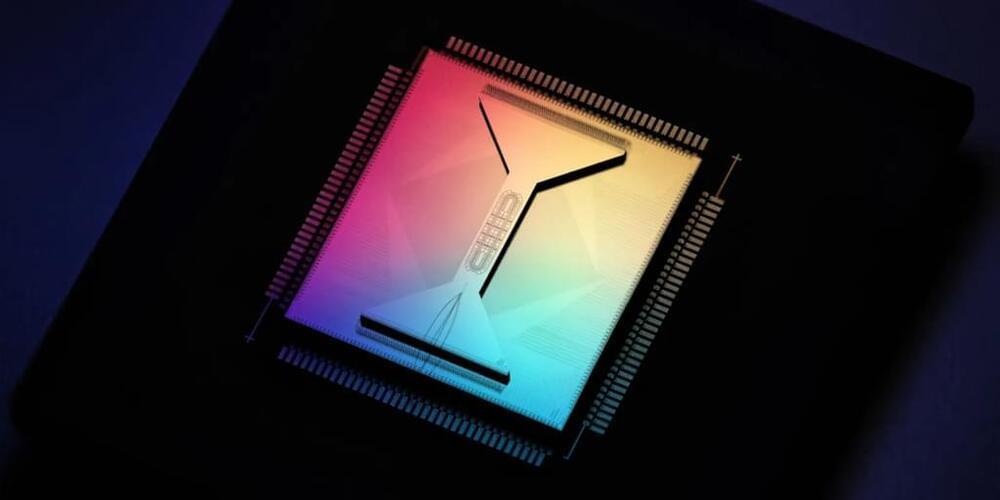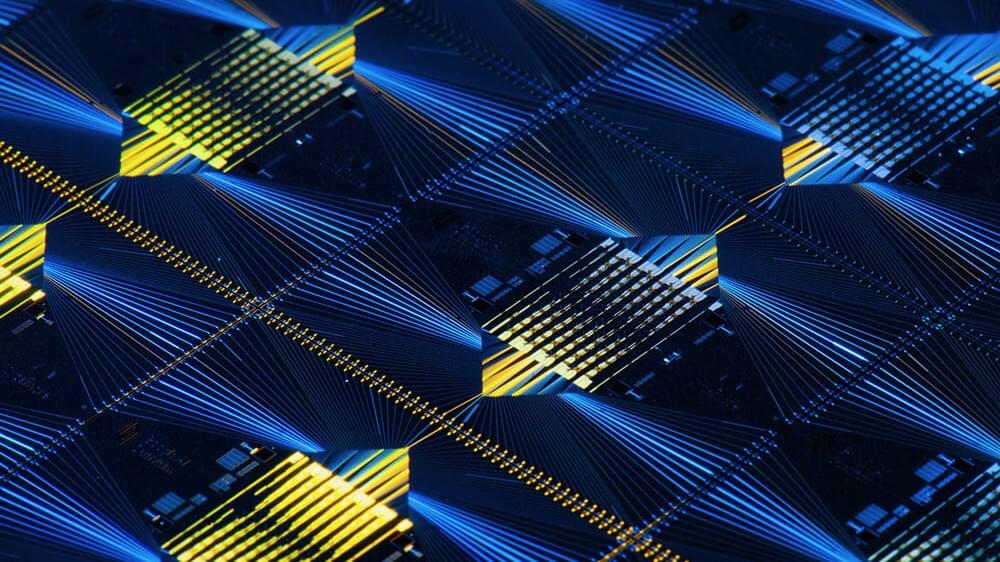Oct 5, 2023
Breaking the Born-Oppenheimer Approximation — Experiments Unveil Long-Theorized Quantum Phenomenon
Posted by Paul Battista in categories: quantum physics, solar power, sustainability
Nearly a century ago, physicists Max Born and J. Robert Oppenheimer developed a hypothesis about the functioning of quantum mechanics within molecules. These molecules consist of complex systems of nuclei and electrons. The Born-Oppenheimer approximation postulates that the movements of nuclei and electrons within a molecule occur independently and can treated separately.
This model works the vast majority of the time, but scientists are testing its limits. Recently, a team of scientists demonstrated the breakdown of this assumption on very fast time scales, revealing a close relationship between the dynamics of nuclei and electrons. The discovery could influence the design of molecules useful for solar energy conversion, energy production, quantum information science, and more.
The team, including scientists from the U.S. Department of Energy’s (DOE) Argonne National Laboratory, Northwestern University, North Carolina State University, and the University of Washington, recently published their discovery in two related papers in Nature and Angewandte Chemie International Edition.
